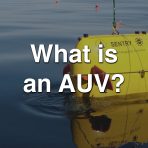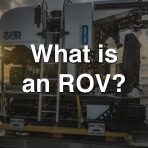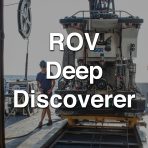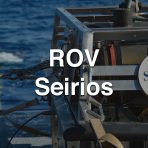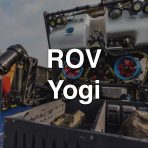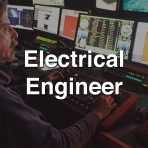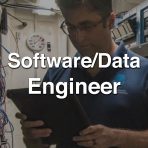About
This education module will help middle school and high school students learn about ocean engineering and remotely operated vehicles. When you click on an image, the information will be on the right.
Teachers Click Here
Ocean Engineering Facts
Have some questions about ocean engineering? Learn some basic facts that will introduce you to some commonly used tools!
Videos
Enjoy a selection of videos on engineering at sea and operating remotely operated vehicles. Click the 3-line icon in the upper right of the video to see the full playlist. The final video is a webinar on the ROVs of deep ocean exploration by two of GFOE’s engineers.
Learn from the Robots
How heavy is Deep Discoverer? Where did the name “Seirios” come from? Which of GFOE’s ROVs is the smallest? Learn more about GFOE’s various remotely operated vehicles!
Ocean Engineering Careers
Are you interested in becoming an ocean engineer? Check out what it takes to be a ROV pilot or a technician on an ocean exploration vessel. No two career paths are the same!
Think About It
- If you were to build an ROV, where would you explore and why? What kind of special features (camera, suction sampler, arms, etc.) would you put on it?
- How could ROV technology be used in exploring other landscapes, like space?
You and Your Student
- Design a new instrument to put on an underwater vehicle. What is the instrument’s function? What are you researching? What materials are needed to make it? What challenges do you have to overcome to make your instrument function underwater?
- Make a chart that compares and contrasts AUV’s and ROV’s. Which vehicle would you use to collect samples from the ocean floor and why? Which vehicle would you use to locate a shipwreck and why?
Additional Resources
Learn more about other exploration technologies from NOAA
For Teachers
Material in this module aligns with the requirements of the following Next Generation Science Standards:
MS-ETS1-1 – Define the limitations of a design problem to ensure a successful solution
DCI ETS1A (Defining and Delimiting an Engineering Problem)
MS-ETS1-2 – Evaluate competing design solutions to a problem
DCI ETS1B (Developing Possible Solutions)
HS-ETS1-2 – Use engineering to design a solution to a complex real-world problem
DCI ETS1C (Optimizing the Design Solution)
It also aligns with Ocean Literacy Principle 7 (The ocean is largely unexplored).

